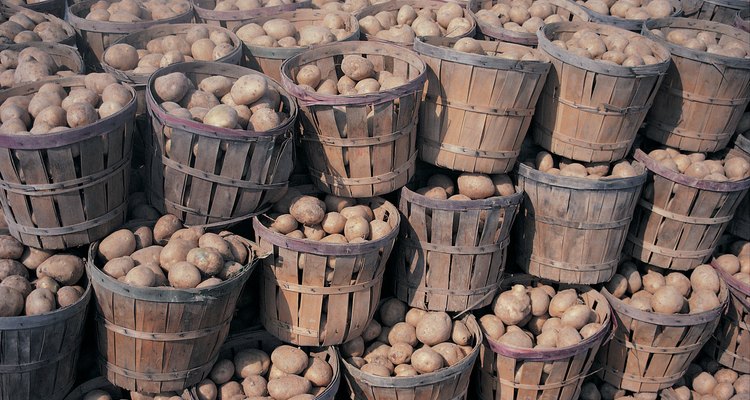
Digital Vision./Photodisc/Getty Images
As an all-growing-season crop -- potatoes are available from early summer through late fall for harvest -- proper storage is essential to make the most of your crop or farmer’s market bounty. While a root cellar is traditional for long-term storage of potatoes, if you don’t have access to one, no worries. You can mimic the conditions required by storing potatoes in a cool, dark location with the right amount of humidity. The first step to storing potatoes is to choose the right potatoes for storage -- some are more suitable than others.
Sorting Potatoes
Before storing potatoes, ensure that they have been cured. To cure, lay out the potatoes on newspaper in a cool dark place, between 50 and 60 degrees Fahrenheit. Let rest for two weeks, and then rub off any excess dirt. Never wash potatoes prior to storage. Before placing them in long-term storage, check to see that there are no cut or bruised potatoes. Damaged potatoes need to be eaten soon and are not appropriate for storage. Place these potatoes directly in the crisper drawer of your fridge and eat as soon as possible.
Containers and Temperature
Store your potatoes in a hard-sided container with good ventilation and air flow. The hard sides protect the spuds from bruising, and the ventilation reduces the risk of mildew or mold forming. Use a root storage basket, a wooden bushel basket or even a sturdy cardboard box with perforations on the side. A root storage basket is a wire-framed bin with a rough cloth lining. The bin can be filled with damp sawdust and the potatoes layered in. If you are not using a root storage basket, cover the tops and sides of the chosen container with crumpled newspaper. You do not want light reaching the potatoes during storage, as this will turn them green. Potatoes are best stored in 35 to 40 F temperatures, but can last for several months at 45 to 50 F.
Seasonal Storage
At temperatures warmer than 45 to 50 F, potatoes start sprouting. To store potatoes during the warmer months, keep them in a brown paper bag in your basement and eat as soon as possible. If you don't have a basement, store in another cool, dark, ventilated area, such as the bottom shelf of a pantry cupboard, the laundry room or even a storage closet. New potatoes can be kept in the vegetable drawer of your refrigerator to eat when you can. Store older, mature potatoes and keep the smaller, newer spuds for immediate use to make the most of a summer and autumn long harvest.
Storing With Other Vegetables
Potatoes, because of their cool temperature and high humidity preference -- they like 85 to 90 percent relative humidity -- store best with summer squash and taro root. They also do well with green beans, cucumbers, eggplants and peppers. They are sensitive to ethylene, a gas released naturally by ripening fruits, so keep your potatoes away from apples, bananas and melons. If you are using a root vegetable storage basket, store your potatoes along with other long-term storage veggies such as carrots.
Related Articles
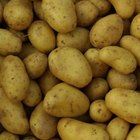
Can You Store Potatoes in the ...
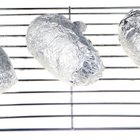
Do Yukon Gold Potatoes Store Well?
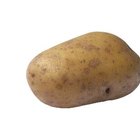
The Times to Plant and Harvest Yukon ...
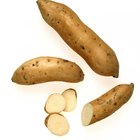
How Do I Preserve Sliced Potatoes?
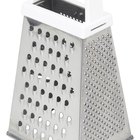
How to Shred Potatoes by Hand
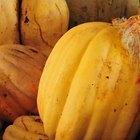
How to Store & Keep Zucchini and Squash ...

How to Boil Potatoes So They Can Be ...

How to Cook Small Dutch Yellow Potatoes

How to Cook Petite Red Potatoes

Can You Freeze Uncooked White Potatoes?

What Are Yellow Potatoes?

How to Store Clothes in Storage

Can You Bake a Potato That Already Has ...

What Is the Best Potato for Frying?
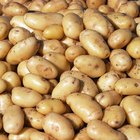
Do Frozen Potatoes Cook Well Once ...

Can You Freeze Sweet Potatoes After ...

Methods of Long-Term Food Storage for ...

Do Potatoes Go Bad When They Freeze?

How to Keep Brown Plantains Fresh

How To Make Potato Chips With a Deep ...
References
Writer Bio
David Grimes has worked professionally as a chef since 2002, in settings as wide-ranging as a corporate caterer and as a sous chef in a Michelin-starred French restaurant. He has been writing about food since 2009 and published in "Time Out New York" and "Food and Wine" magazine.
Photo Credits
Digital Vision./Photodisc/Getty Images